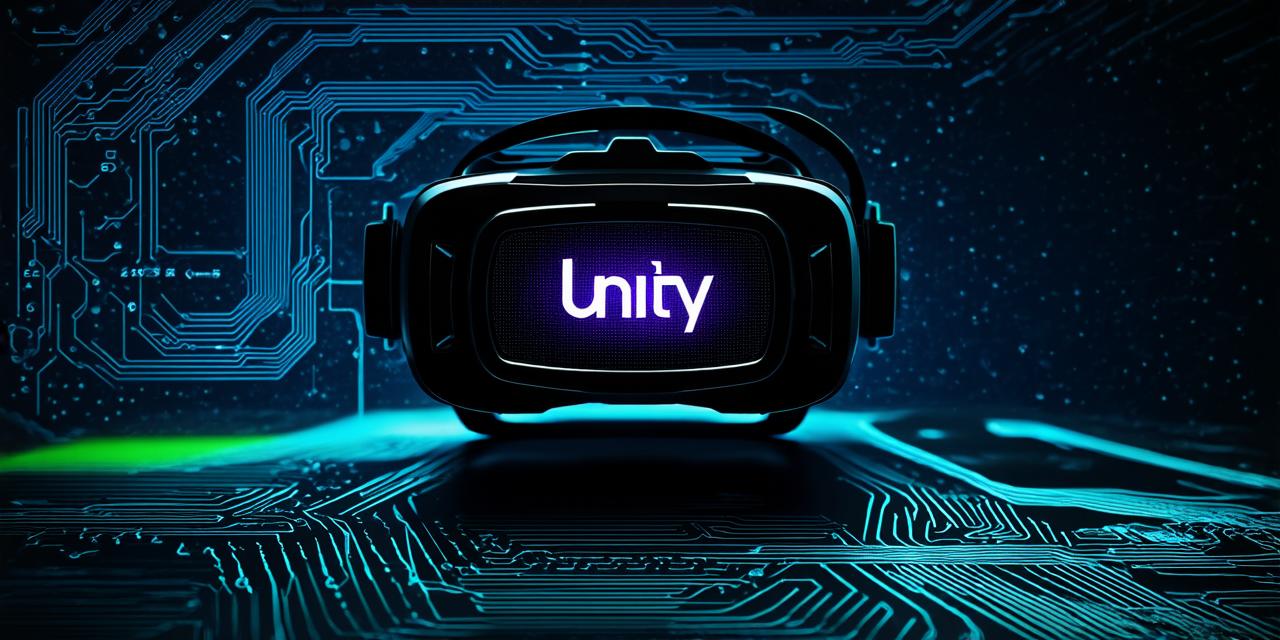Are you ready to dive into the exciting world of virtual reality (VR) development? Unity is one of the most popular game engines out there, and it’s also a great platform for creating VR experiences. In this article, we will take you through the process of setting up VR development in Unity step by step, so you can start building immersive experiences today.
Step 1: Install Unity and Set Up Your Development Environment
The first step in setting up VR development in Unity is to install the software and set up your development environment. You can download the latest version of Unity from the official website, and once you have installed it, you can create a new project.
Once you have created your project, you will need to set up your development environment. This includes installing any necessary plugins or packages that will allow you to create VR experiences. Some popular packages include the Oculus SDK, OpenVR, and SteamVR.
Step 2: Create Your First VR Scene
Now that you have installed Unity and set up your development environment, it’s time to start creating your first VR scene. The first step is to create a new scene in Unity, and then import any assets you want to use in your scene, such as 3D models or textures.
Once you have imported your assets, you will need to set up your camera and controllers. This includes creating a VR camera that will track the user’s movements and adjusting the field of view to create an immersive experience. You will also need to set up your controllers, which will allow the user to interact with your scene.
Step 3: Add Interactivity to Your Scene
Now that you have created your first VR scene, it’s time to add some interactivity. This could include adding animations to your characters, creating interactive objects that the user can interact with, or even building a simple game.
To add interactivity to your scene, you will need to use Unity’s built-in scripting tools. These tools allow you to create custom scripts that control how your objects behave in the scene. You can also use pre-built assets, such as character controllers or physics engines, to make development easier.
Step 4: Test and Refine Your VR Experience
Once you have created your first VR scene and added some interactivity, it’s time to test it out and refine it. This involves putting on a VR headset and walking around in your virtual world, trying out different interactions and making adjustments as needed.
It’s important to test your VR experience on multiple devices and platforms to ensure that it works seamlessly across all of them. You should also solicit feedback from users to identify areas where your experience could be improved.
FAQs:
Q: What hardware do I need to create VR experiences in Unity?
A: You will need a computer with a powerful processor and graphics card, as well as a VR headset. Some popular VR headsets include the Oculus Rift, HTC Vive, and PlayStation VR.
